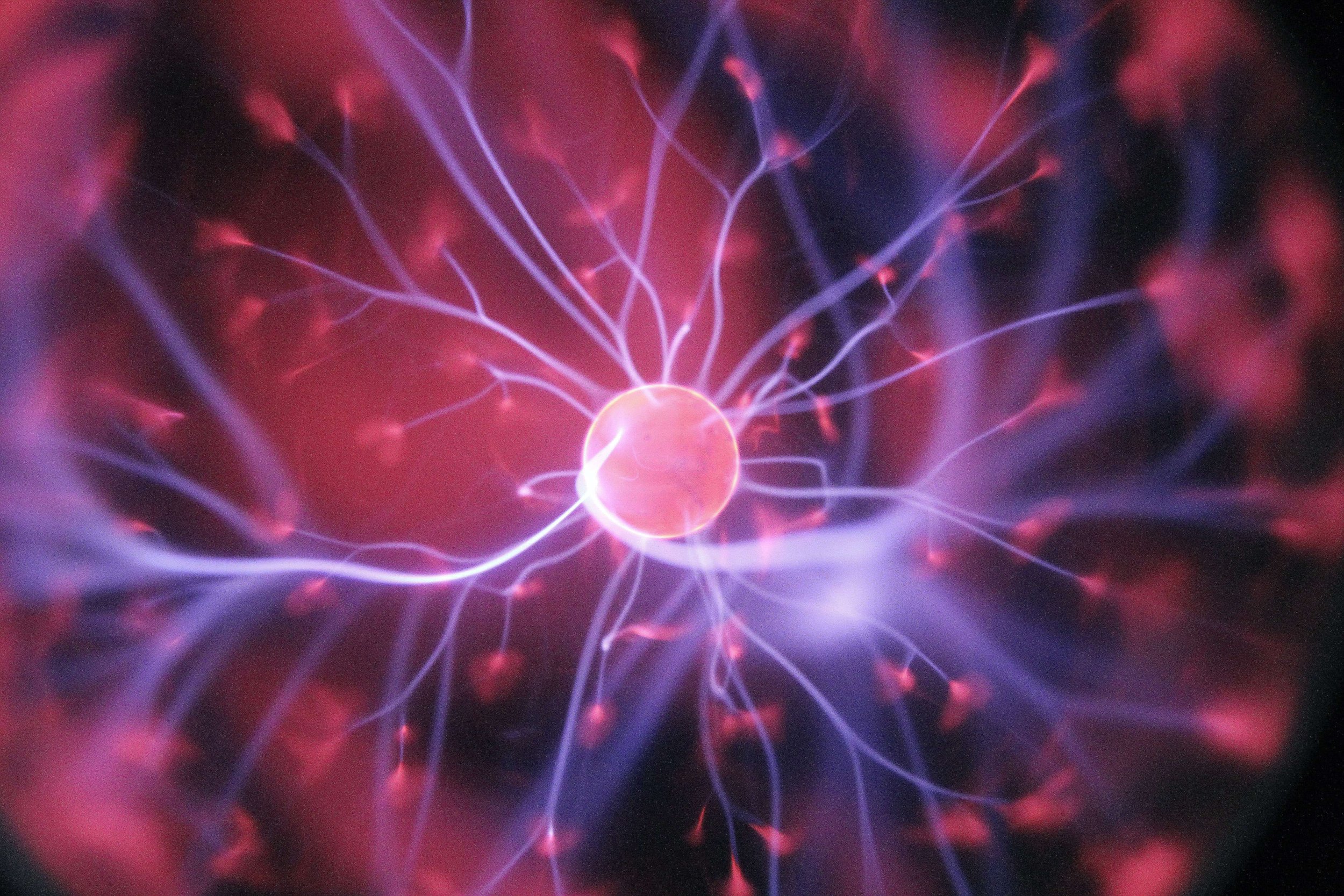How Many Types of Concussions Are There?
As it is Concussion Awareness Week & Invisible Illness Week , this post will elaborate on a condition that is widely misunderstood. The term concussion is used to describe head injuries, but most people don’t fully understand what it is, or that it is treatable! When it comes to concussions, it is common to instantly think that it only occurs in contact sports, or that it wouldn’t happen to me because it’s an extreme impact. Yes, concussions can result from contact sports, however, they can also appear due to a number of different biomechanics means that cause a blow to the face, neck or head. So let’s dive in – what is a concussion?
Starting at the basics, a concussion is a term defined as a mild traumatic brain injury (mTBI) which is caused by a jolt to the head or body that disrupts the function of the brain. Symptoms can vary greatly from person to person and may include:
Somatic (headache/ dizziness)
Cognitive (feeling like in a fog, slow reaction times)
Emotional symptoms (anxiousness/depression)
Physical (loss of consciousness)
Balance impairments (gait unsteadiness)
Visual System (light sensitivity/trouble focusing)
Behavioural changes (irritability)
Sleep/wake disturbances
Memory problems
Difficulty concentrating
These symptoms can last anywhere from several minutes to days, weeks or months. 80-90% of concussions resolve within 7-10 days. In the circumstance that it lasts longer than 10 days, then other health care professionals should be participating in the care management of the patient as this now falls under the category of Post- Concussion Syndrome (PCS). It is uncertain what causes PCS to develop in some people and not in others. In addition, there is nil proven correlation between injury severity and increased likelihood of developing a concussion. Some researchers suggest that PCS develops as a result of structural damage to the brain or a disruption in the neurotransmitter systems. It should be noted that it takes adolescents longer to recover than adults. If a concussion is not diagnosed appropriately, then it can lead to prolonged recovery periods and a continuation of debilitating symptoms. Thus, leading to time off school or work, inability to participate in recreational or sporting activities.
When one is diagnosed with a concussion, typically “rest” is prescribed. In this context, rest means no TV, video games, reading, or texting/screens. What all of these have in common is the Visual System. 70% of sensory processing in the brain is dedicated to visual information in which 9/12 of the cranial nerves are involved in vision. Thus, the visual system is a major player in brain injury! With traditional rest, it was once thought that this was to limit cognitive demands, however it is now believed to limit the visual demand as all of those tasks are all visual in nature. The way in which the central nervous system processes visual information is extremely complex. Visual processing pathways arise in ALL areas of the brain- meaning that no matter where the injury is, it is clearly going to have some effect on visual processing in some capacity. It is important to understand that visual processing is heavily intertwined with the vestibular system as well as other sensory systems. Thus, with appropriate rest, ideally these symptoms will reduce. When returning to activity or work, it should be taken with gradual steps to ensure that symptoms are not exacerbated.
A client dealing with Post-Concussion symptoms performs a visual training exercise.
Types of Concussions
There are no two concussions that are alike, making the experience different for every individual. Researchers at UPMC Sports Medicine have identified six categories in which a concussion may fall under, and each category has a different treatment method.
Vestibular Concussion
This refers to difficulty with balance and the difficulties to interpret your body in space and motion. One may find challenges with stabilizing their vision when moving their head and hand-eye coordination may be affected. Vestibular rehabilitation is the target for treatment.
Ocular-Motor
This refers to patients who have trouble coordinating their eye movements. Symptoms that arise may include: headaches, fatigue, and difficulty focusing. Depending on the severity of one’s symptoms, vision therapy may be of benefit alongside vestibular therapy. Up to 90% of concussions manifest at least one oculomotor dysfunction.
Post- Traumatic Migraine
Symptoms of this concussion trajectory may include headache, nausea, and light sensitivity.
Treatments for Concussions
Recognize and address the injury early
Educate patients and validate their experience
Provide optimal recommendations for patient’s specifically
“If in doubt, sit them out”
Physiotherapy can directly target specific neck strengthening protocols, tissue release, and target balance and vestibular dysfunctions
Return to play should be gradual and discussed with a health care professional
Your brain is a complex jungle of neurons and cells - all firing to make subconscious actions happen.
A concussion can jumble these signals and make things like driving, working out, staring at a computer screen or sleeping, extremely difficult.
All in all, concussions can be debilitating if not treated and have an impact on daily activities. With more awareness and understanding, it is important to know that these symptoms can be treated with appropriate guidance and recommendations. By ensuring safety by using protective equipment, wearing a seat belt, and making your home safe may help prevent or minimize the risk to head injuries. It is important that coaches are educated on signs and symptoms of concussions to get the appropriate help as soon as possible. Just remember- “if in doubt, then sit out”.
Sometimes it’s incredibly hard to leave your home with a concussion, and we get that. If you or someone you know is suffering from a concussion or TBi, contact our team below to learn more about our in-home neuro physiotherapy for brain injuries.


